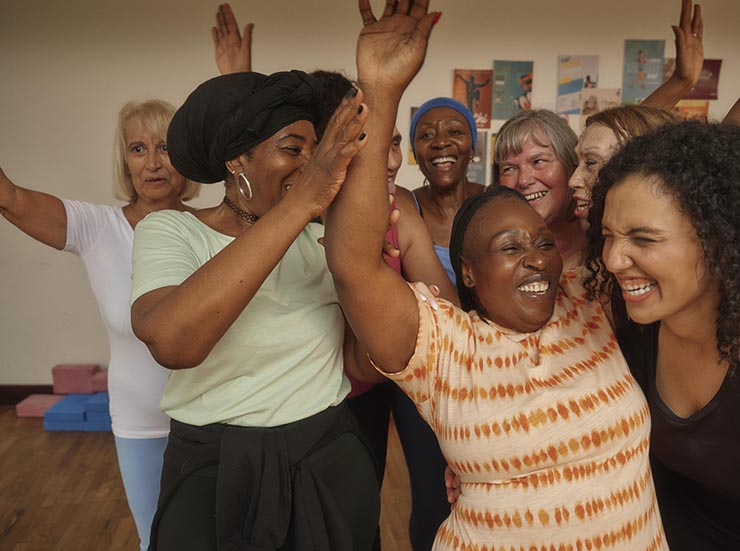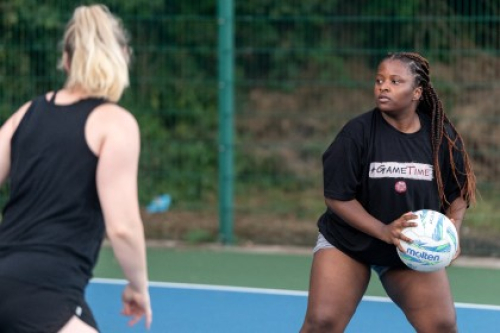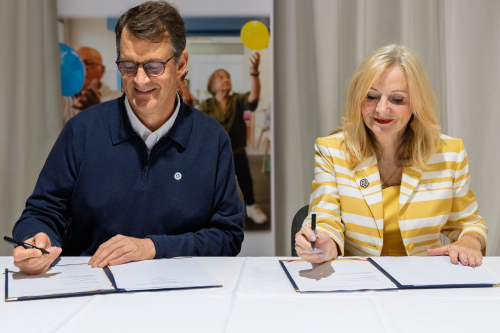Our Movement Hub pilot showcases the best of our tools and resources to help everyone in the sport and physical activity unite the movement.
This Girl Can returns with major new advertising push
The new TV, outdoor and digital campaign, We Like the Way You Move, aims to redefine what women getting active looks like.

Environmental sustainability
Using the Every Move strategy and action plan, we want to lead, inspire and support the sector to become environmentally sustainable, enabling greater opportunity for all people to participate in sport and physical activity, now and in the future.
What we do
We award funding
We fund projects and organisations small and large that help people to get active.
We provide insight
Our insight will help you understand how different people can be supported to be active.
We gather data
We have a number of different tools you can use to explore activity levels across England.
We have expertise
Our expertise is not just for us, we share that knowledge to help you and people across the sector.

Sport England and the National Lottery
By playing the National Lottery, you're helping people across England play sport and get physically active. That's because two-thirds of our funding comes from the lottery. Thank you to everyone who has ever bought a ticket for supporting us in building a healthier, happier nation.








